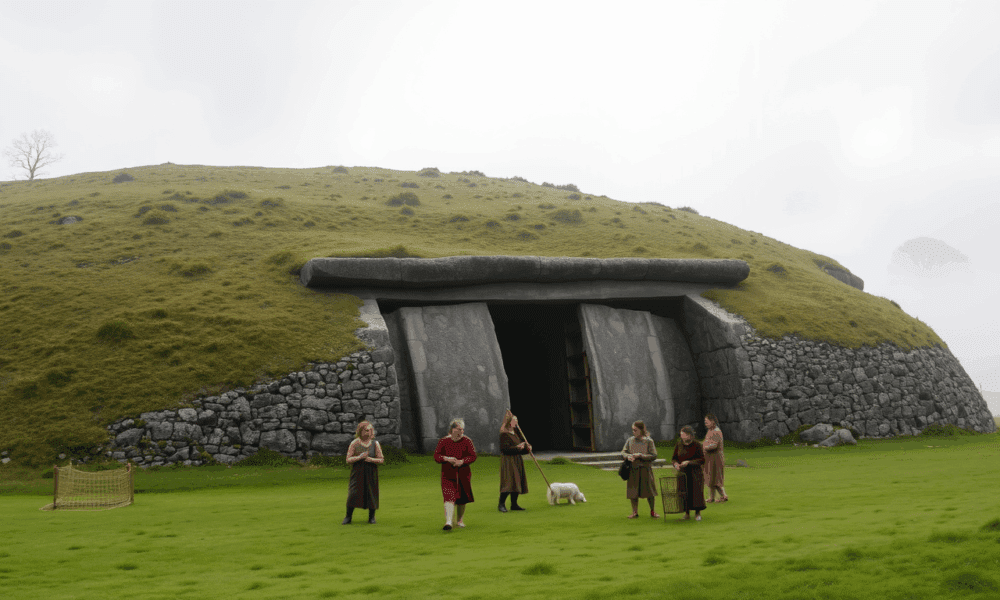
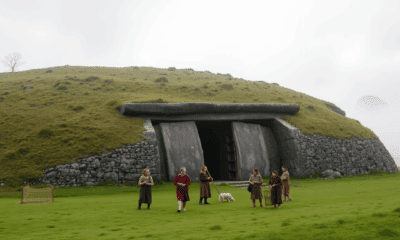

DNA from a skull found at Newgrange once sparked theories of a royal incestuous elite in ancient Ireland, but new research reveals no signs of such...
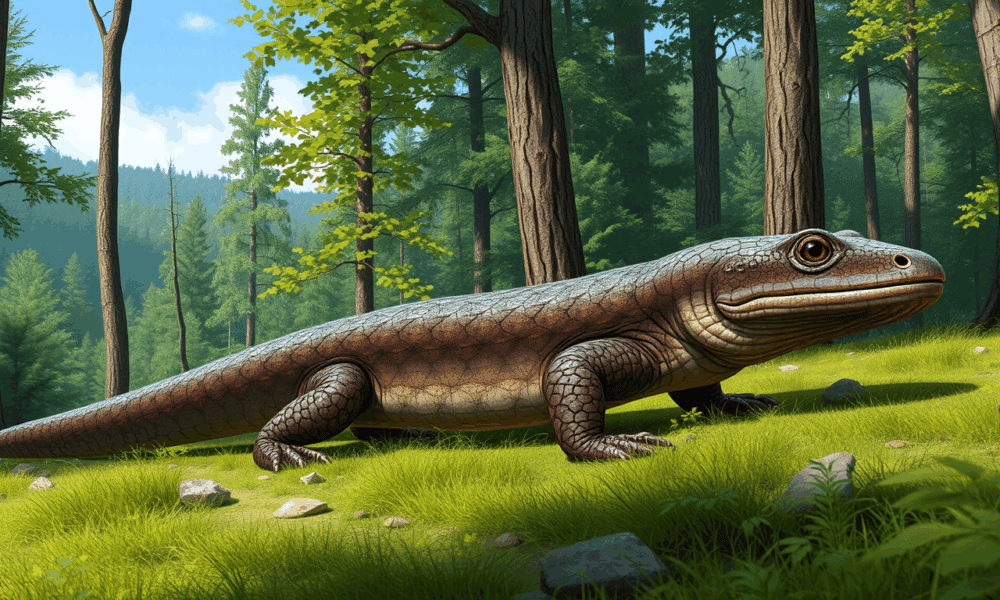
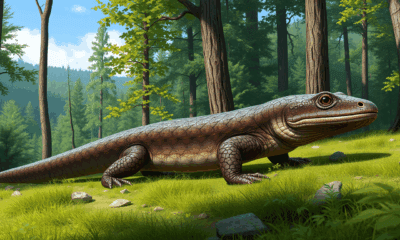

A massive, extinct salamander with jaws like a vice once roamed ancient Tennessee and its fossil has just rewritten what we thought we knew about Appalachian...
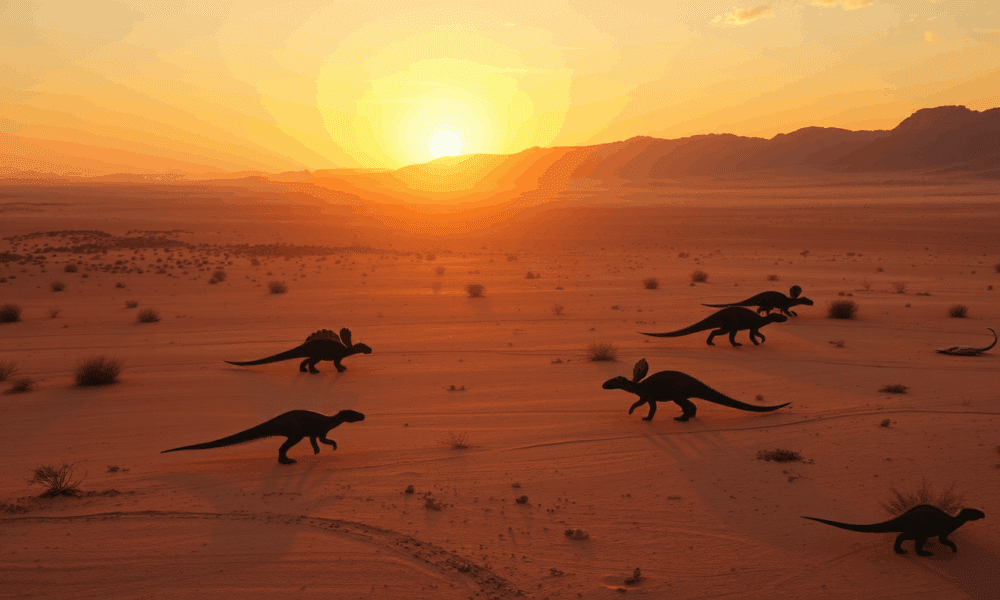
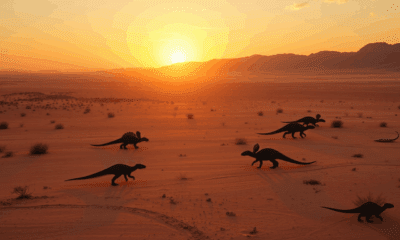

Despite Earth's most devastating mass extinction wiping out over 80% of marine life and half of land species, a group of early reptiles called archosauromorphs not...
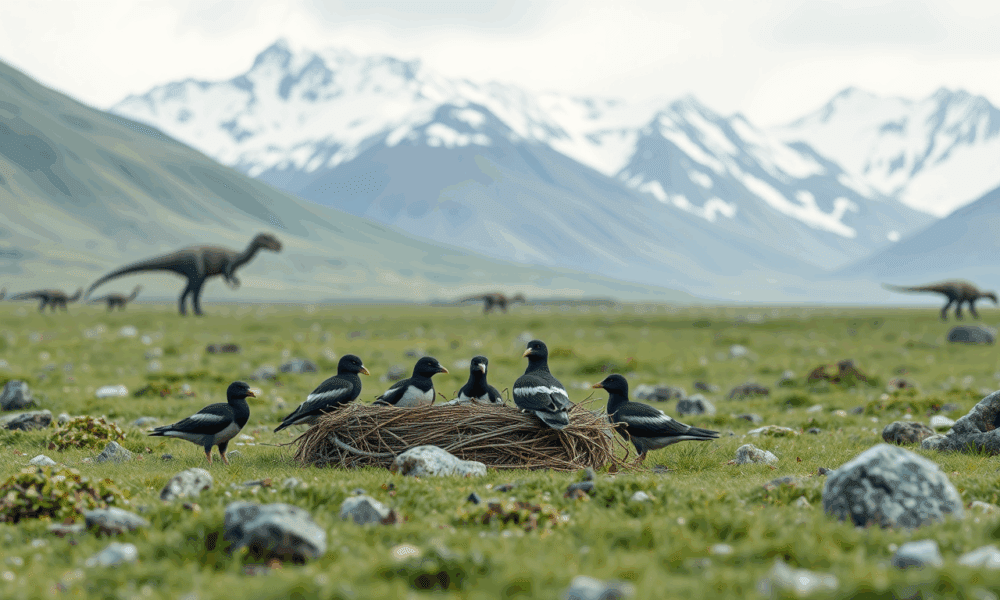
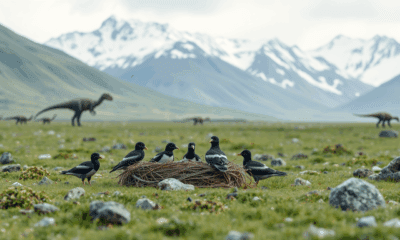

Spring in the Arctic brings forth a plethora of peeps and downy hatchlings as millions of birds gather to raise their young. The same was true...
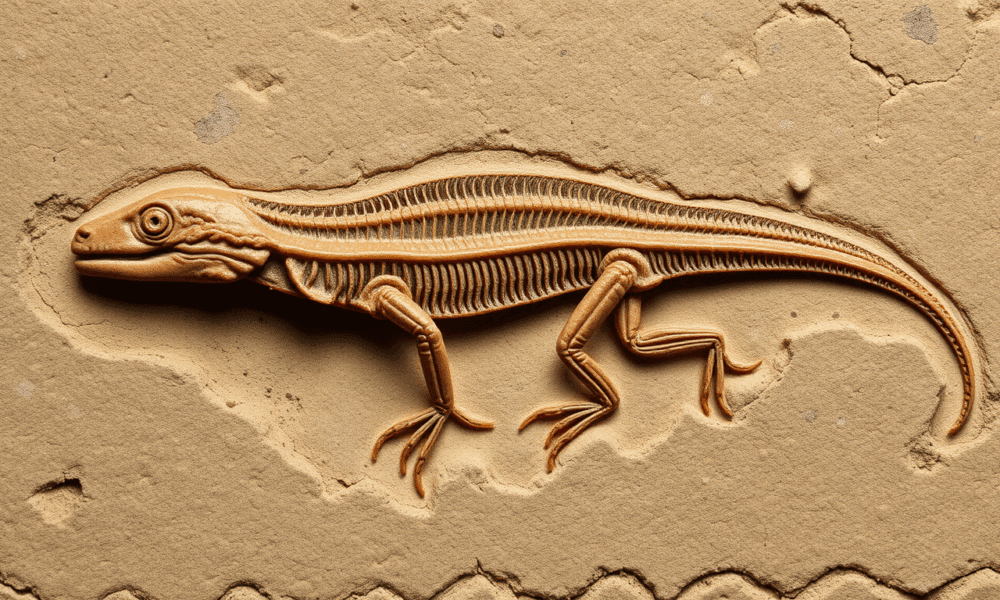


The fossils of ancient salamander-like creatures in Scotland are among the most well-preserved examples of early stem tetrapods -- some of the first animals to make...
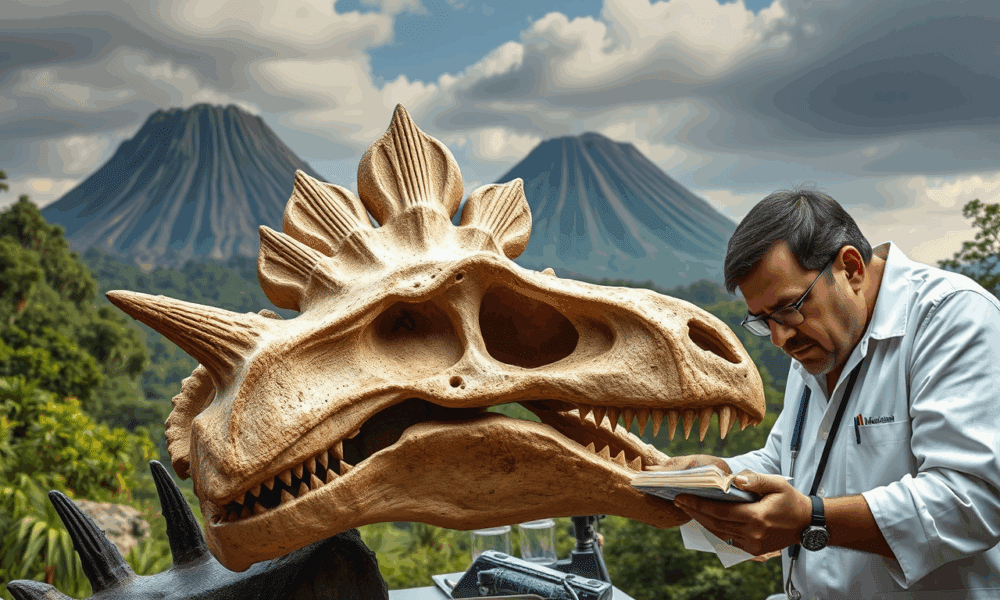
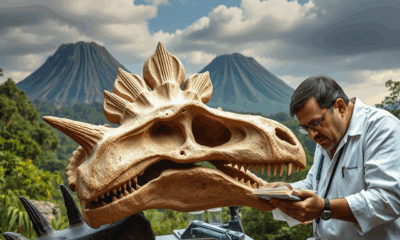

Palaeontologists have analyzed the most complete stegosaurian skull ever found in Europe and rewritten the evolutionary history of this iconic group of dinosaurs.



Researchers compared the whole genome sequence of two genetically distinct lineages of bed bug, and their findings indicate bed bugs may well be the first true...
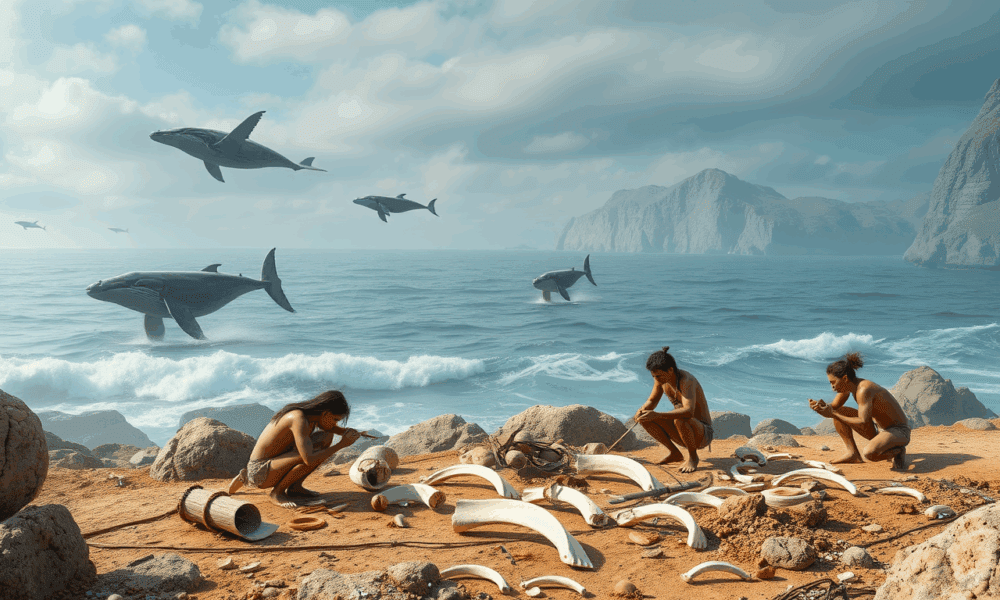
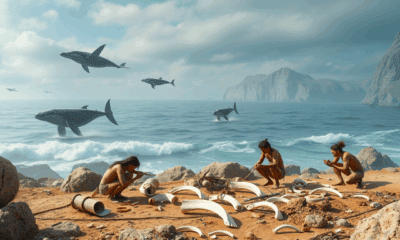

Humans were making tools from whale bones as far back as 20,000 years ago, according to a new study. This discovery broadens our understanding of early...
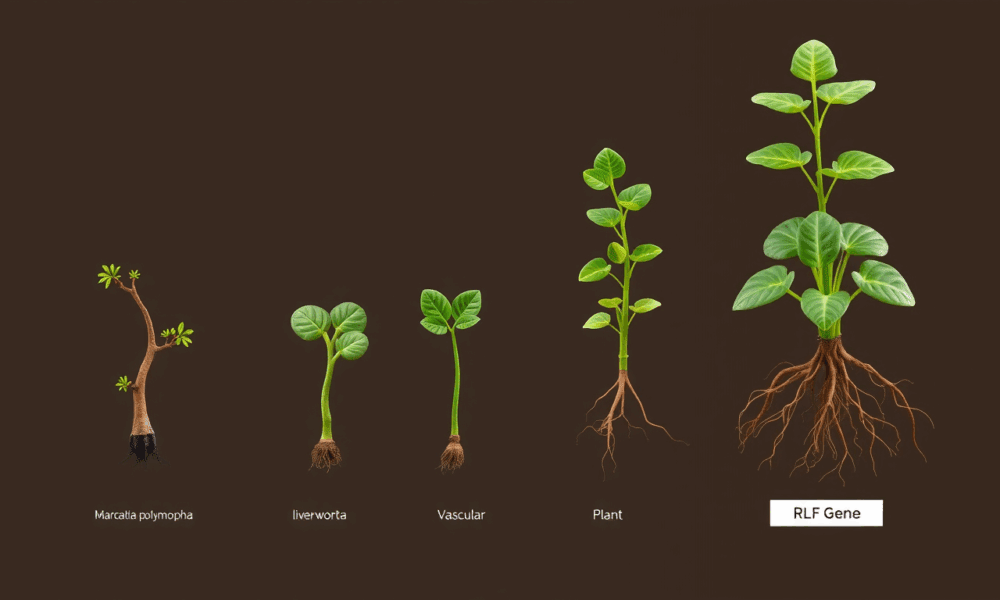
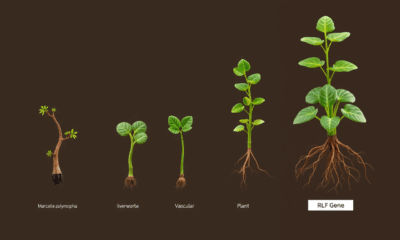

A gene that regulates the development of roots in vascular plants is also involved in the organ development of liverworts -- land plants so old they...
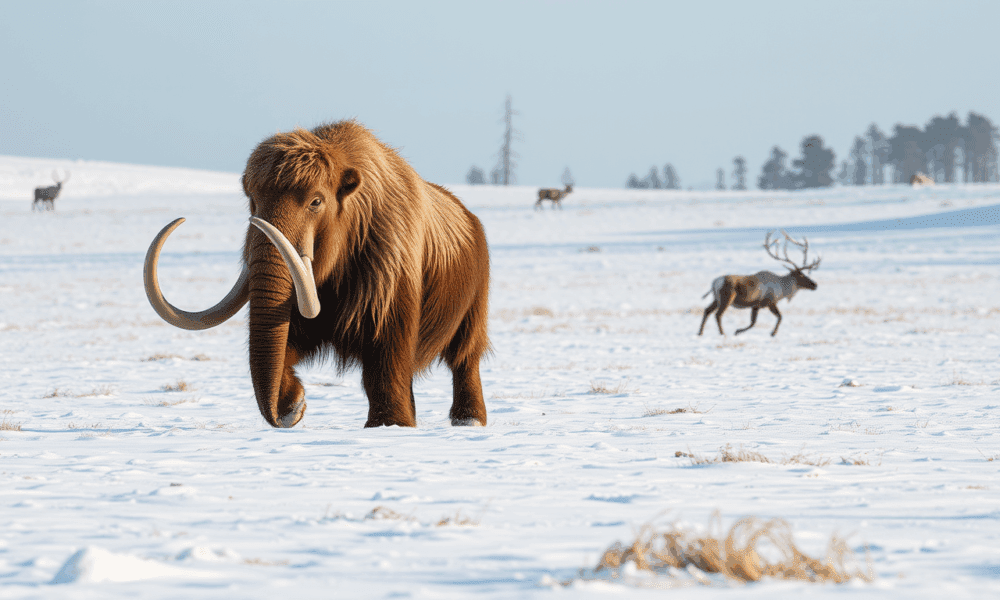
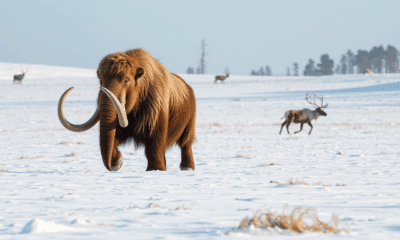

Cold-adapted animals started to evolve 2.6 million years ago when the permanent ice at the poles became more prevalent. There followed a time when the continental...